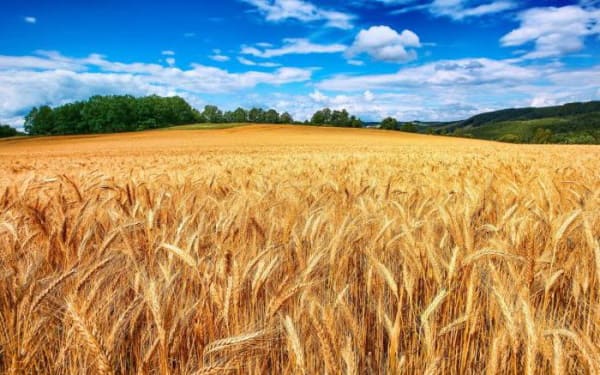Solid biomass, quality and energy density
The concept of biomass is very large and includes practically every fuel with not mineral and not fossil origin. Discover how to classify them!
BIOMASS – INTRODUCTION
The concept of biomass is very large and, at least in theory, includes practically every fuel with not mineral and not fossil origin.
Biomass can be defined as the biodegradable fraction of products, waste and residues of biological origin (plant and animal) from agriculture, forestry and related industries (including fisheries and aquaculture). We can also count among biomass as the biodegradable fraction of industrial and municipal waste, such as grass cuttings, pruning of public and private green, and the resulting materials of forest management.
Under a physical point of view, biomass used for energy purposes can be divided into liquid and solid; thanks to gasification processes, there is also the possibility to obtain fuels in gaseous state (syngas). Particularly:
- The gasified biomass (biogas, syngas) are obtained from solid biomass using special processes. As for the biogas, it is obtained by a low temperature biological process by means of which, in the absence of oxygen, the organic substances (often made by scraps from the zootechnical sector, from the wet fraction of municipal waste, …) is transformed in a gaseous mixture of methane (CH4) and carbon dioxide (CO2). The syngas is instead obtained by a process of high-temperature pyrolysis and gasification, and corresponds to a mixture of carbon monoxide (CO) and molecular hydrogen (H2).
- The liquid biomass (vegetable oils, ethanol, biodiesel, biofules …) typically result from mining / refining processes and are transformed into energy through technologies commonly present in the automotive / cogeneration sector. In some cases, they can be used in substitution to the common fuel for road transport.
- The solid biomass (wood pieces, wood chips, straw, green pruning, …) are generally used as fuel in thermal plants. They can be used directly in the state in which they are located or after a first treatment, which can have different purposes: reducing the size, compaction for the purpose of handling and reduction of water content
Woody solid biomass
Solid biomass and in particular woody ones, turn out to be a culturally accepted as fuel, definitely available in some areas, economically attractive and environmentally sustainable. Considering this fuel it is good to keep in mind that there are some important economic variables, technological and environmental assessment in order to be able to have a complete and balanced picture of reality.
Synthetic forth gather the main physical and technical variables to consider in the evaluation of solid biomass in its fuel quality.

The energy density and water content
The energy density refers to the amount of heat that we can “pull” through the combustion of biomass. It inherently varies, depending on the variety of origin. For the purposes of an accurate assessment of this value, as of all the other variables mentioned here, there are possibilities for specific analyzes. However, at least with regard to the solid fuel for excellence, the wood chips, there are technical standards that help in the process of comparison and evaluation.
In fact, the qualitative characterization of this fuel is regulated by the specific EU CEN / TS 14961 of 2005 which examines, among others, parameters such as:
- the magnitude of the size
- the moisture content
- the content of dry substance
Of crucial importance is the water content, as inversely proportional to the energy yield. In fact, the gross calorific value (Table 3) is a theoretical data which, during the combustion reaction, is reduced in terms of the heat quantity necessary to the evaporation of the water content of wood (heat of evaporation of water). Remember that this reduction is substantial, given that with a water content (M) of 40% (u = 67% humidity) the calorific value is reduced by almost 50%
The chemical characteristics
Some physical parameters, such as the melting point of the ash, or chemicals, as the maximum content of certain minerals, are also to be considered. This data can in fact influence the system choices relevant to the system of combustion and are reflected on the concentrations of certain pollutants in the combustion effluent. Other parameters, such as the average ash content, impact on pre-abatement systems (Turbovortex® and Tornado®) and on the choices to be taken for reuse / disposal of its waste.

Agricultural biomass
Note that by abandoning “standardized” fuels such as wood and approaching fuel as so-called “agricultural biomass” (litter horses, poultry manure, straw, husk, peel, stones, still bottoms, threshing brewery, waste of ‘vegetable oil, tomato processing waste, bran, apple, …), all the physico-chemical values are changing and it is necessary an empirical data collection related to pollutants, low melting, dust, moisture and ash. An empirical analysis makes it possible to properly assess the technological choices related to the fuel plant, the fumes treatment line and the auxiliary facilities.